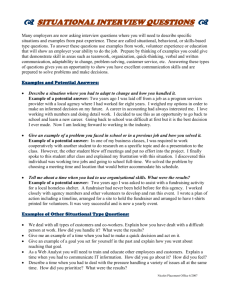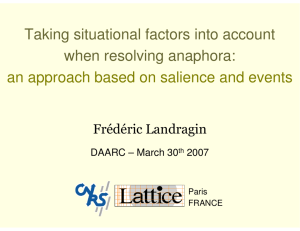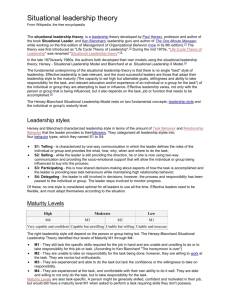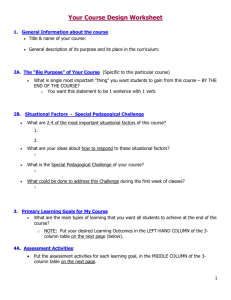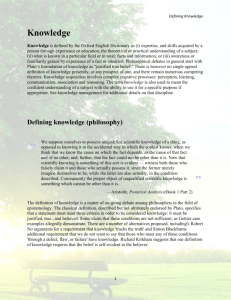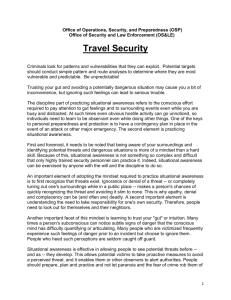Situational Language Teaching (Oral Approach)
advertisement
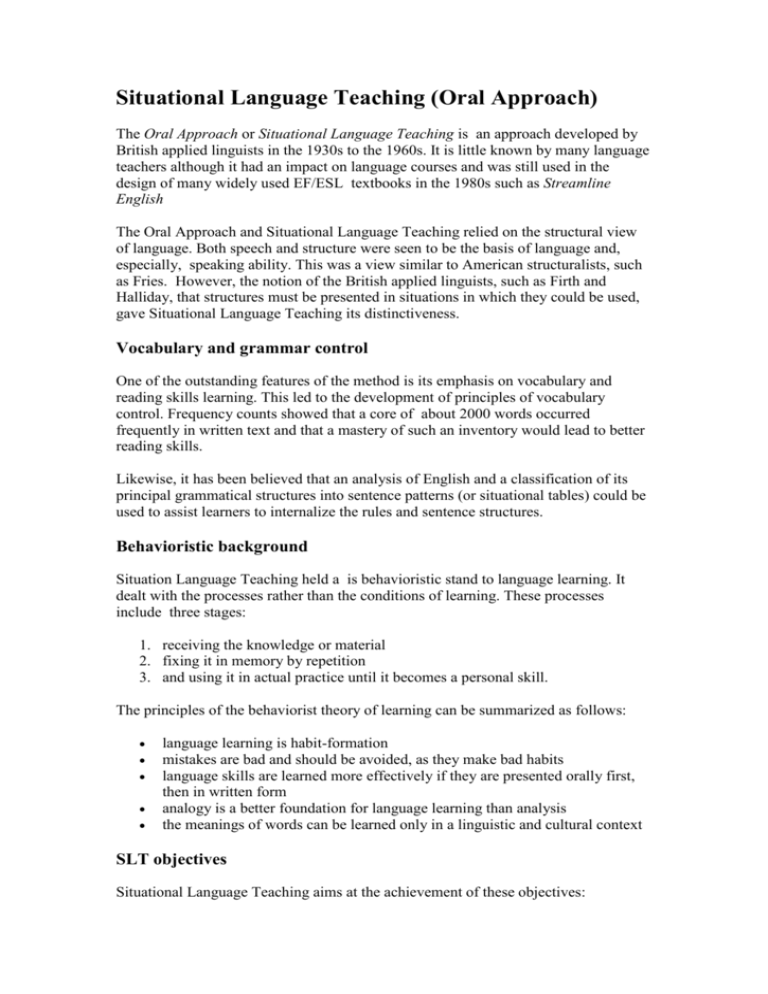
Situational Language Teaching (Oral Approach) The Oral Approach or Situational Language Teaching is an approach developed by British applied linguists in the 1930s to the 1960s. It is little known by many language teachers although it had an impact on language courses and was still used in the design of many widely used EF/ESL textbooks in the 1980s such as Streamline English The Oral Approach and Situational Language Teaching relied on the structural view of language. Both speech and structure were seen to be the basis of language and, especially, speaking ability. This was a view similar to American structuralists, such as Fries. However, the notion of the British applied linguists, such as Firth and Halliday, that structures must be presented in situations in which they could be used, gave Situational Language Teaching its distinctiveness. Vocabulary and grammar control One of the outstanding features of the method is its emphasis on vocabulary and reading skills learning. This led to the development of principles of vocabulary control. Frequency counts showed that a core of about 2000 words occurred frequently in written text and that a mastery of such an inventory would lead to better reading skills. Likewise, it has been believed that an analysis of English and a classification of its principal grammatical structures into sentence patterns (or situational tables) could be used to assist learners to internalize the rules and sentence structures. Behavioristic background Situation Language Teaching held a is behavioristic stand to language learning. It dealt with the processes rather than the conditions of learning. These processes include three stages: 1. receiving the knowledge or material 2. fixing it in memory by repetition 3. and using it in actual practice until it becomes a personal skill. The principles of the behaviorist theory of learning can be summarized as follows: language learning is habit-formation mistakes are bad and should be avoided, as they make bad habits language skills are learned more effectively if they are presented orally first, then in written form analogy is a better foundation for language learning than analysis the meanings of words can be learned only in a linguistic and cultural context SLT objectives Situational Language Teaching aims at the achievement of these objectives: a practical command of the four basic skills of a language, through structure accuracy in both pronunciation and grammar ability to respond quickly and accurately in speech situations automatic control of basic structures and sentence patterns. The syllabus, techniques and activities Situational Language Teaching uses a structural syllabus and a word list and relied on structural activities including situational presentation of new sentence patterns and drills to practice the patterns. Typical procedure in Situational Language Teaching include Procedures that move from controlled to freer practice of structures Procedures that move from oral use of sentence patterns to their automatic use in speech, reading and writing. A typical situational Language Teaching lesson would start with stress and intonation practice. Then the main body of the lesson might consist of four parts: 1. 2. 3. 4. revision (to prepare for new work if necessary) presentation of new structure or vocabulary oral practice (drilling) reading of material on the new structure, or written exercises. Advantages Although Situational Language Teaching was developed during the 1930s, it still attracts the interest of many teachers. Its strong emphasis on oral practice, grammar and sentence patterns conform to the intuitions of many practically oriented classroom teachers. Disadvantages The views of language and language learning underlying Situational Language Teaching were called into question. Chomsky (1957) showed that the structural and the behavioristic approaches to language were erroneous and do not account for the fundamental characteristic of language namely the creativity and uniqueness of individual sentences. Children do not acquire their mother tongue through repetition and habit formation. There must be, however, an innate predisposition that lead them to a certain kind of linguistic competence.

